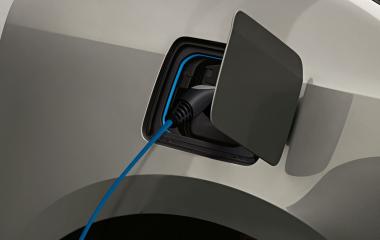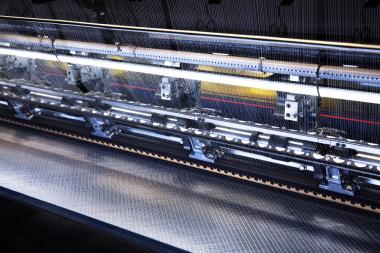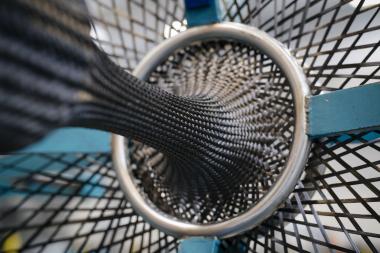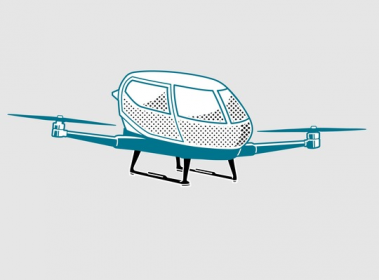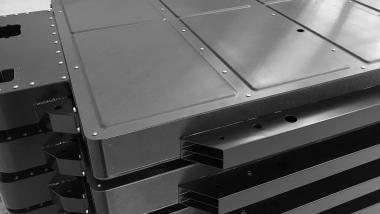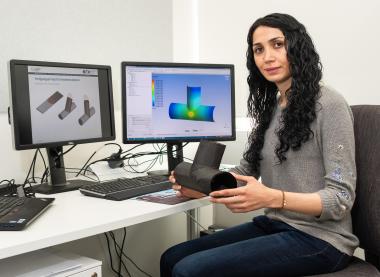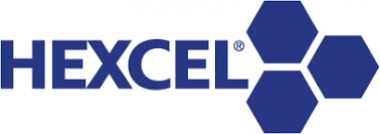SGL Carbon receives contract for battery enclosure from BMW Group
- New composite e-Mobility application
- Multi-year substantial contract
After prototypes for a Chinese automotive manufacturer, a major order from a North American automaker, and yet another order for a European sports car manufacturer, SGL Carbon has now been nominated by BMW Group to produce a cover component for battery enclosures in series. This substantial multi-year order will include the production of an innovative glass-fiber-based cover plate for the battery housing for usage in a future plug-in hybrid model of BMW Group.
Materials made of composites are suited for battery enclosures for different reasons: Besides their light weight, which enhances the electric vehicle’s range, fiber-reinforced plastics offer high stiffness. In addition, they meet high requirements for water and gas tightness and feature excellent fire protection properties. Composite materials can also help to achieve improved structural stiffness of the underbody, e.g. to protect against penetration, as well as an optimized thermal management. Carbon fibers are ideal for especially stressed structures or load-bearing elements, such as the underbody panels and side frames. For components subjected to less stress, such as battery box covers, glass fibers or a fiber mix may suffice.
In addition to the new application for the hybrid model battery enclosure, SGL Carbon will continue producing the usual components made of carbon-fiber-reinforced plastic for the BMW i3 and delivering materials for the Carbon Core body of the BMW 7 series, and has been nominated as the supplier for all carbon materials - fibers, textiles, stacks - for the BMW iNEXT, set to be launched in 2021.
SGL CARBON SE


